Ladakh is a cold desert with long, harsh winters from October to early March, when the lowest temperatures are well below freezing. During the winter, it snows sometimes in the city. During the rest of the months, the weather is usually nice and warm during the day. Only 102 mm of rain falls on average each year (4.02 inches). In 2010, flash floods hit the city and killed more than 100 people. Around Leh, which is 3,500 meters above sea level, there are mostly mountains.
Leh Ladakh
The main roads to get there are the 434-kilometer Srinagar-Leh Highway, which connects Leh to Srinagar, and the 473-kilometer Leh-Manali Highway, which connects Leh to Manali. Both roads are only open during certain times of the year. Even though the roads from Srinagar and Manali are often closed by snow in the winter, most of the local roads in the Indus Valley stay open because it doesn’t rain or snow very often there. Changthang means Northern Plateau in Tibetan.
Leh was the center of the Indian kingdom of Ladakh, which was in the Himalayas. The town is dominated by the ruined Leh Palace, which was once the home of the royal family of Ladakh. It was built in the same style and around the same time as the Potala Palace, which was the main home of the Dalai Lama until the 14th Dalai Lama fled to Dharamsala, India, during the 1959 Tibetan uprising.
Shanti Stupa Leh
Leh is 3,524 meters (11,562 feet) above sea level. It is connected to Srinagar in the southwest via National Highway 1D and to Manali in the south via the Leh-Manali Highway. In 2010, a sudden cloud burst caused floods that did a lot of damage to Leh. The old town of Leh is now on the list of the 100 most endangered sites by the World Monuments Fund. This is because climate change is making it rain more and doing other things.
The long-term preservation of this unique site has been threatened by neglect and changes in how people live in the old town. Some parts of Leh are more likely to be hit by flash floods because the city is growing quickly and without much planning. Other parts, according to research by the Climate and Development Knowledge Network, are affected by less dramatic, slow-moving disasters that often go unreported.
Ladakh History
For hundreds of years, Leh was an important stop on trade routes that ran along the Indus Valley between Tibet in the east, Kashmir in the west, and India and China. Salt, grain, pashm, or cashmere wool, charas, or cannabis resin from the Tarim Basin, indigo, silk yarn, and Banaras brocade were the main things that were carried. The history of the area before the Tibetan prince Skyid lde nyima gon, also known as Nyima gon, founded the kingdom at the end of the 10th century.
Skyid lde nyima gon was the grandson of the anti-Buddhist Tibetan king Langdarma. Even though there are signs that the Chinese knew about a trade route through Ladakh to India as early as the Kushan period (1st–3rd century CE) and for sure by the Tang period (618–907), the route was not used (r. 838–841). Even though he started out with only 300 soldiers, he was able to take over western Tibet.
Nyima Gon is said to have started a number of towns and castles, and he is thought to have been in charge of building the main sculptures at Shey. In an inscription, he says that he had them made for the religious benefit of the Tsangpo (the dynastic name of his father and ancestors) and all the people of Ngaris (Western Tibet). This shows that the Langdarma have stopped being against Buddhism, even in this generation.
Shey was the old home of the Ladakhi kings. It is only 15 kilometers east of modern Leh. During the time of Delegs Namgyal (1660–1685), the Nawab of Kashmir, which was part of the Mughal Empire at the time, made plans for the Mongol army to leave Ladakh for a while (though it returned later). As payment for Delegs Namgyal’s help in the Tibet-Ladakh-Mughal war of 1679–1684, the Nawab asked for a lot.
One of the less ambitious plans was to build a large Sunni Muslim mosque in Leh at the upper end of the bazaar, below the Leh Palace. The architecture of the mosque is a mix of Islamic and Tibetan styles, and it can fit more than 500 people. There are two smaller mosques in Leh that are said to be older and built before this one. Leh has always been a place where trade routes from all four directions meet.
Leh Ladakh Trip
The most direct route was the one that the modern highway takes from Punjab through Mandi, the Kulu Valley, over the Rohtang Pass through Lahaul, to the Indus Valley, and then down river to Leh.
The route from Srinagar was similar to the road that goes over the Zoji La pass to Kargil and then up the Indus Valley to Leh. From Baltistan, there were two difficult routes: the main one went up the Shyok Valley from the Indus, over a pass, and then down the Hanu River to the Indus below Khalsi (Khaltse).
The other went straight up the Indus River from Skardu to Kargil and then on to Leh. Then there were the summer and winter paths across the Karakorum from Leh to Yarkand. Last but not least, there were a few ways to get from Leh to Lhasa. In 1820, an English explorer named William Moorcroft was the first English person to reach Leh.
King Tashi Namgyal built the first royal residence in Ladakh. It was a fort and gon-khang (temple of the Guardian Divinities) on top of the high Namgyal (“Victory”) Peak, which looks down on the current palace and town. People know that Tashi Namgyal was in charge during the last quarter of the 16th century CE.
The main Buddhist center in Leh is the temple Namgyal, which is also called Tsemo Gompa, “Red Gompa,” “dGon-pa-so-ma,” and “New Monastery.” Behind it are some older walls that used to be called the “Dard Castle,” according to Francke. If it was built by the Dards, it must have been done before the Tibetans took over Ladakh, which happened over a thousand years ago.
The Leh Palace was built by King Sengge Namgyal (1612–1642), probably between 1631 and 1642, when Sengge Namgyal died. The Portuguese Jesuit priest Francisco de Azevedo visited Leh in 1631, but he didn’t say anything about the palace. The Leh Palace has nine floors. The royal family lives on the upper floors, while stables and storage rooms are on the lower floors.
When Kashmiri forces besieged it in the middle of the 19th century, the palace was left empty. The royal family moved to Stok Palace on the southern bank of the Indus River, where they now live. The town’s original name was not “sLel,” as it is now spelled. Instead, it was “sLes,” which means a place where nomads camp.
These Tibetan nomads probably used to come to the Leh valley around the time that Dard colonists started to irrigate the land there. So, “aBrog-pal-mkhar (Dard castle)” is the name of the oldest part of the ruins on top of rNam-rgyal-rtse-mo hill in Leh. People of different religions, especially Buddhism and Islam, have lived together in peace in Leh since the 8th century.
Since the beginning of the Namgyal dynasty, they have both lived in the area, and there is no record of a fight between them. Aside from these two groups, there are also people in the area who follow other religions, like Christianity, Hinduism, and Sikhism, and who live together peacefully and play important roles in society.
The small Christian community in Leh is made up of the descendants of Tibetan Buddhists who were converted to Christianity by German Moravian missionaries. These missionaries started a church at Keylong in Lahaul in the 1860s and were allowed to open another mission in Leh in 1885, which had a branch in Khaltse. They stayed open until 1947, when India gained its independence.
Even though their medical and educational work went well, they didn’t win over many people. The Sindhu Darshan Festival is held every year at Shey, which is 15 km outside of town. The festival is meant to promote religious harmony and the beauty of the Indus River or Sindhu. There are a lot of tourists in Leh right now. They come from all over India and other countries.


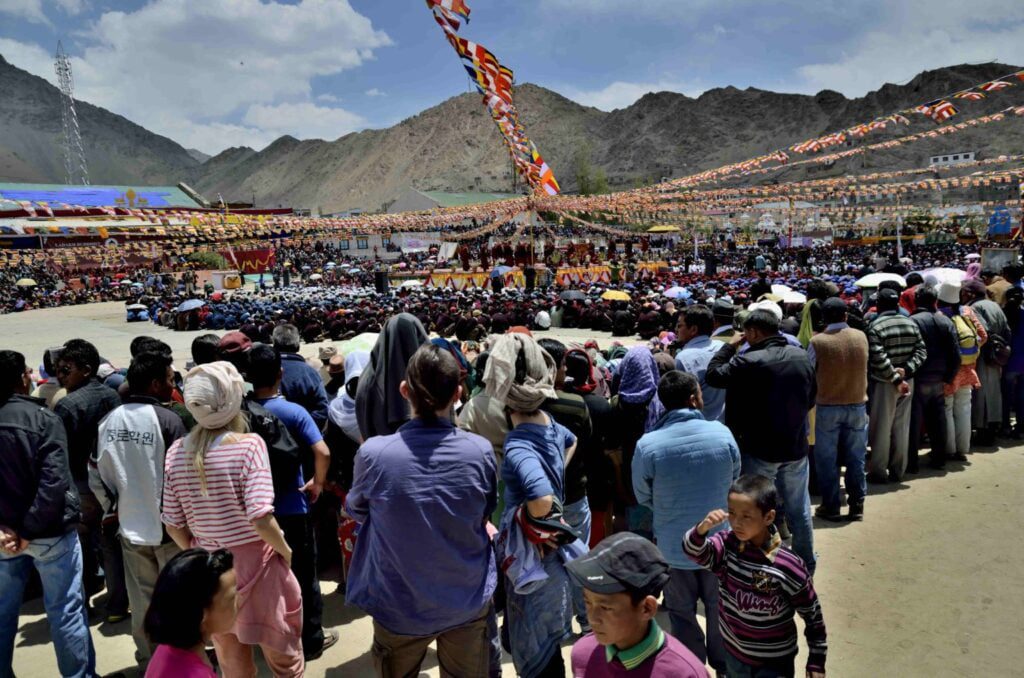
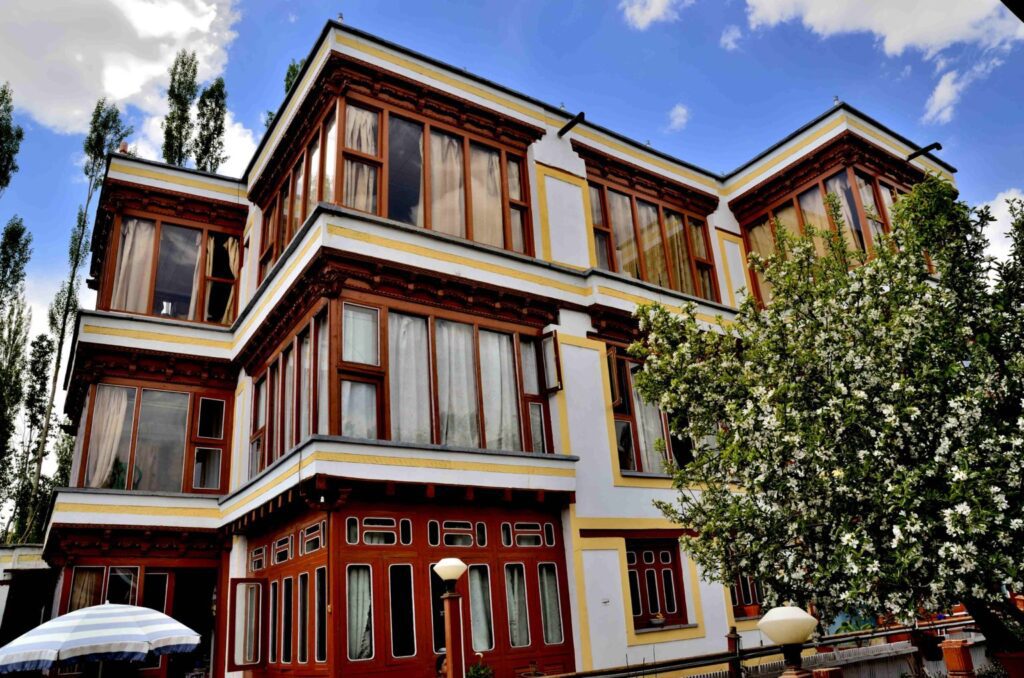


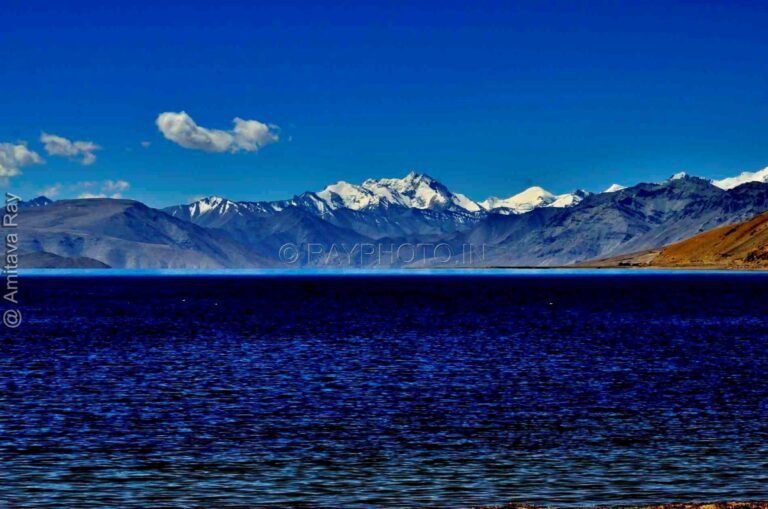
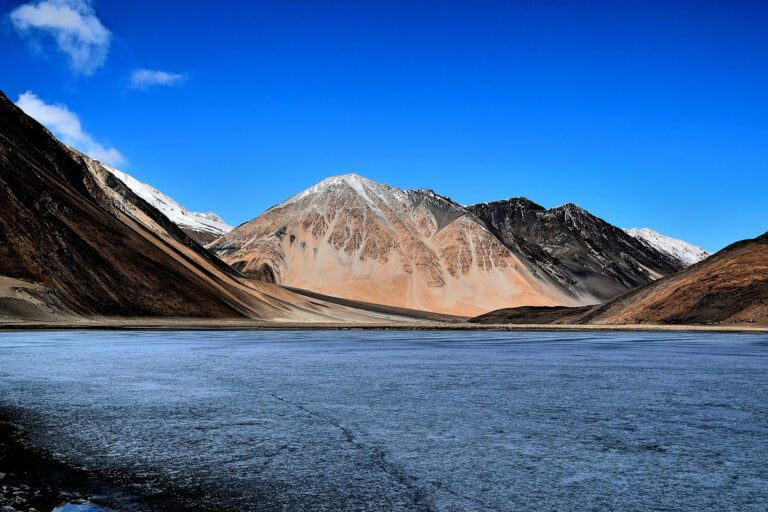
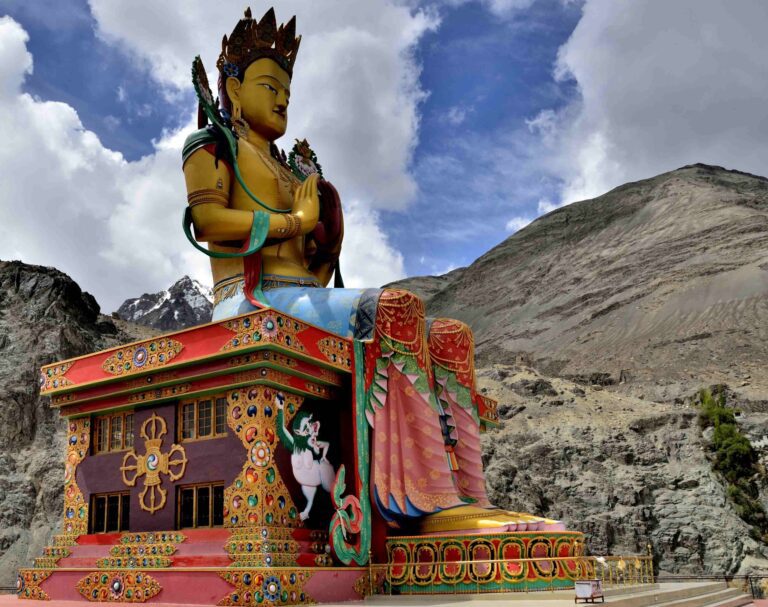
Leh Ladakh has a cold desert climate with long, harsh winters from October to early March, with minimum temperatures well below freezing for most of the winter.